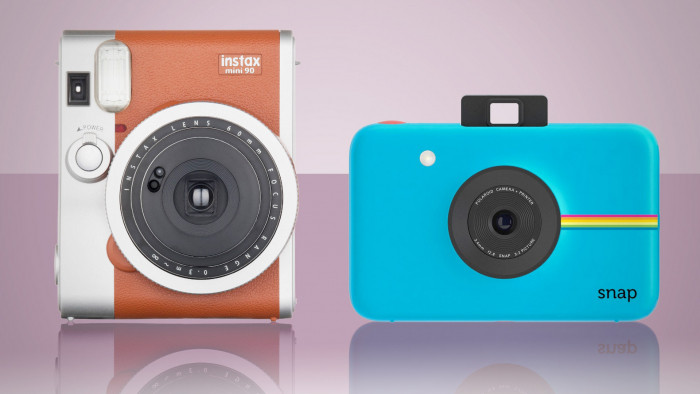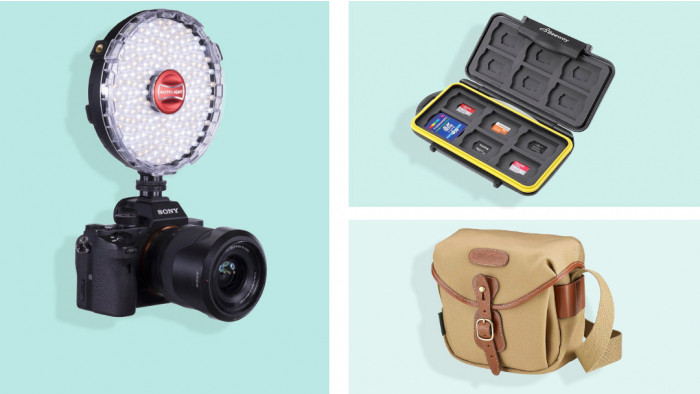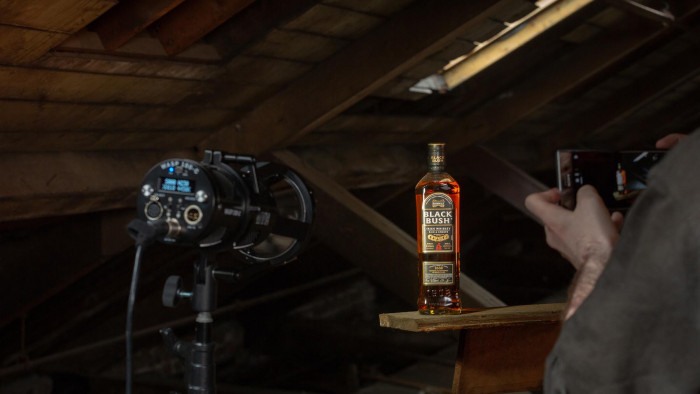These are NASA's tips for photographing tonight's supermoon
NASA's senior photographer shares his tips on capturing the massive moon


When the sun sets on 14 November at around 4:44pm, the largest ‘supermoon’ you’ve ever seen is set to rise over the eastern horizon.
The moon hasn't been this close to the earth since 1948, and you can read all about ‘why’ it’s happening right here – but this is about the more important ‘how’ to take a super shot of said supermoon, an event that isn’t going to occur again until 2034.
NASA senior photographer Bill Ingalls has shared his tips on how to take a pro photo of tonight’s lunar event, using anything from a smartphone camera to a more professional set up.
You’ll be able to use your phone’s camera
No, a smartphone camera won’t take a picture that can rival a DSLR with a long lens – but Ingalls doesn’t see why you can’t embrace the challenge and use whatever camera you’ve got to hand.
“It’s all relative. For me, it would be maddening and frustrating – yet it may be a good challenge, actually. You’re not going to get a giant moon in your shot, but you can do something more panoramic, including some foreground that’s interesting. Think about being in an urban area where it’s a little bit brighter.”
In order to get the best photo of the supermoon from a mobile, you’re going to want to use a tripod, or rest your phone on a flat, stable surface to take the shot. “Tap the screen and hold your finger on the object (in this case, the moon) to lock the focus. Then slide your finger up or down to darken or lighten the exposure.”

Make sure you’ve got a point of reference
“Don’t make the mistake of photographing the moon by itself with no reference to anything,” said Ingalls. “I’ve certainly done it myself, but everyone will get that shot. Instead, think of how to make the image creative – that means tying it into some land-based object. It can be a local landmark or anything to give your photo a sense of place.”

Scout out a local landmark you can include in your shot
“It means doing a lot of homework. I use Google Maps and other apps – even a compass – to plan where to get just the right angle at the right time.”
You’ll need to be aiming your lens toward the eastern horizon from 4:44 onwards, when the moon is set to make an appearance.

Get creative
Don’t live near a significant landmark? No problem – work with anything around you, from trees to people.
“There are lots of great photos of people appearing to be holding the moon in their hand and that kind of thing. You can get really creative with it.”
Pro tip: try setting your camera to a daylight white balance
Ingalls uses a daylight white balance when using his digital SLR camera, as the light of the moon is reflected sunlight. It’s also worth keeping in mind that the moon is a moving object; “It’s a balancing act between trying to get the right exposure and realising that the shutter speed typically needs to be a lot faster.”
(Images: NASA/Bill Ingalls, Rex)
[Via: NASA]








